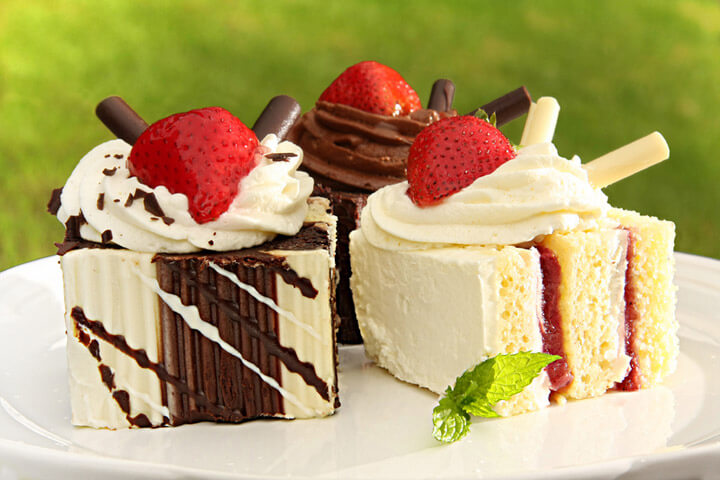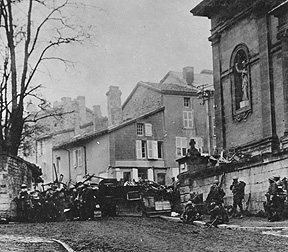On Sunday we had a traditional French dish of the Alpine mountains called raclette, and it was delightful, fun, and historic.
The term "raclette" is derived from the French word, racler, which means "to scrape," a reference to the fact that the melted cheese is scraped onto boiled red potatoes.
 The electric table-top grill is heated. On the bottom layer (see below) is the place for the little pans called coupelles, which melt the cheese. Our grill also had a stone for keeping the potatoes warm.
The electric table-top grill is heated. On the bottom layer (see below) is the place for the little pans called coupelles, which melt the cheese. Our grill also had a stone for keeping the potatoes warm.
Our grill had space for 8 coupelles.
The cheese had already been cut so that it could be placed into the coupelles and heated.
It takes the cheese about 5 minutes to melt.

You can prepare your potatoes by peeling them or, if you don't want to wait to put more cheese on more potatoes, just leave on the skin.

Once the cheese is melted, you just slide the cheese onto the potatoes. A little wooden stick helps this process, although our coupelles were teflon-coated so they slid off easily.
Raclette is served with ham, salami, gherkins, pickled onions, and white wine like Savoie, Riesling, or Pinot Gris. We had a Savoie wine.
Raclette cheese is a semi-hard cheese made from cow's milk that has been aged for 3-6 months and fashioned into a wheel about 13 pounds (6 kg).
History of Raclette
Raclette is originally a Swiss dish eaten by peasants in the mountainous Alpine regions of Valais (Switzerland) and the Savoie and Haute-Savoie (France). It was mentioned in medieval texts dating back to 1291. Cow herders used to take the cheese with them when they were moving cows through the mountains, melt the cheese in their evening campfires, and scrape it on bread. Other peasants used potatoes.
Melted cheese in France is called "fondue" and like the fondue parties of the 1980s, raclette dining is a leisurely sociable affair of eating and drinking. Restaurants are also known to provide raclette parties for their clientele.














































